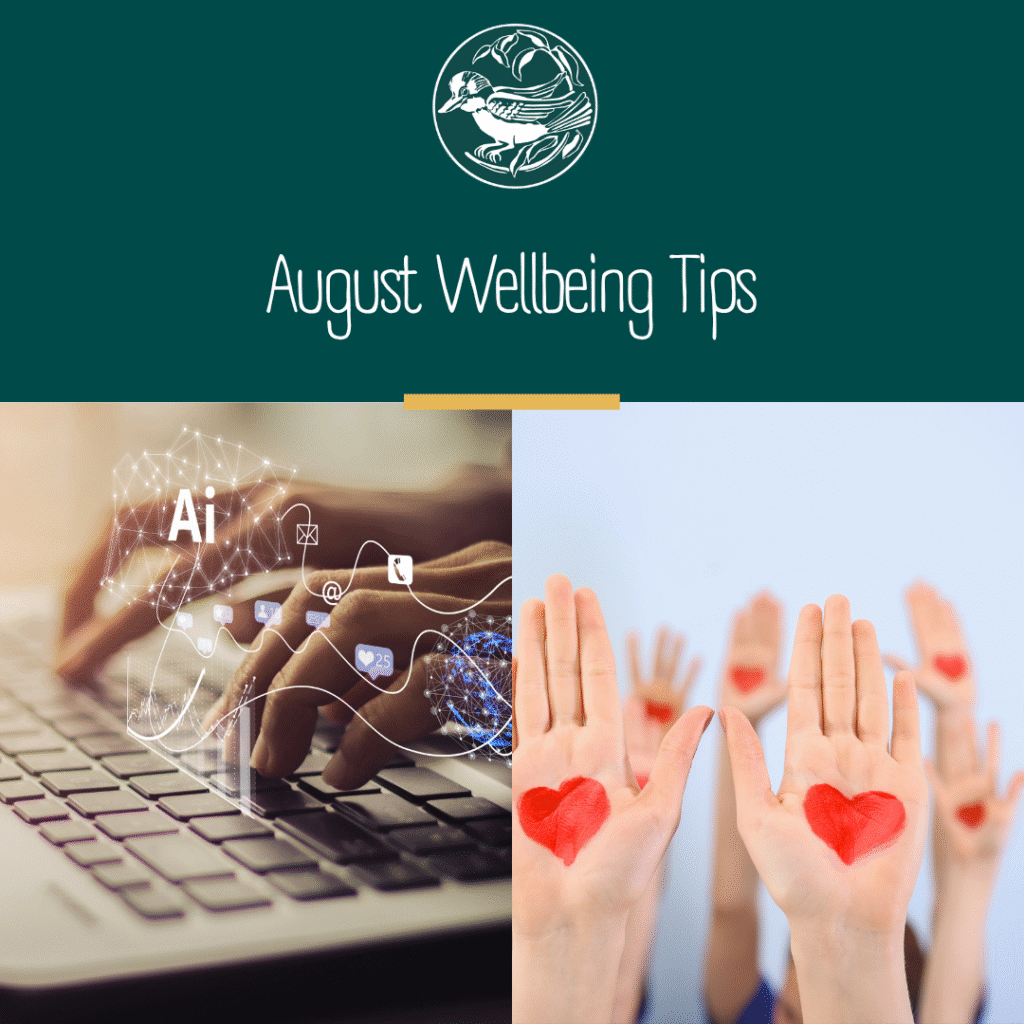Sharing our latest wellbeing tips for war widows, defence and veteran families
Each new month brings its own challenges and opportunities to pause and reset. In our latest Wellbeing Newsletter, we shared two practical tips you can find below, designed to help you stay connected and provide support.
The power of volunteering
Volunteering offers many health and wellbeing benefits including improved mental and physical health through opportunities for social connection and networking, learning new skills, participating in your local community, and developing a sense of purpose or belonging.
How volunteering can change your life
There are many ways to volunteer, and a good place to start is to think about what things you are interested in or passionate about sharing. Volunteering is about giving back by offering one’s time, knowledge, or skills to support another without the expectation of financial return. It can also be a meaningful way to connect with your community and make a positive difference in the lives of others.
Volunteering can take many forms, from lending a hand at a community centre, local council, aged care home, or community garden, to supporting a charity, mentoring someone, or getting involved in environmental projects. Think about what interests or motivates you, you might be surprised by the opportunities available. Exploring what’s out there is a great first step and browsing current volunteering roles through platforms like Seek Volunteer or GoVolunteer can help you find something that suits you.
We’re currently developing a volunteer framework to create rewarding and purposeful ways for veteran families to get involved. We look forward to sharing more details with you soon, stay tuned! If you’d like more information about volunteering and social connection, please contact the Social Work and Wellbeing team at wellbeing@fov.org.au
Mindful use of technology
Technology is woven into our daily lives, often in ways we don’t even notice. Staying connected through smart phones and devices can bring comfort and convenience, but constant digital noise may also leave us feeling scattered or on edge. Mindful technology use invites us to slow down and become more aware of our habits. It involves becoming aware of the moments we instinctively reach for our phones, whether out of need, habit, or a desire to escape. Then taking a moment to intentionally choose how we want to respond.
Practicing mindful technology
This practice starts with small, intentional shifts. That might mean taking a breath before opening an app, setting boundaries around news or social media, or simply putting the phone aside during meals or conversations. These quiet choices help create space for stillness, connection, and reflection in our day.
By becoming more present with how and why we use technology, we create room to care for our mental and emotional wellbeing. Mindful use of screens is not about restriction but about reclaiming attention, tuning in to what matters, and finding balance in a fast-moving world.
Subscribe to our Wellbeing Newsletter for monthly updates on all activities available in your area, what’s been happening in our Wellbeing Program and also for more tips like this.




